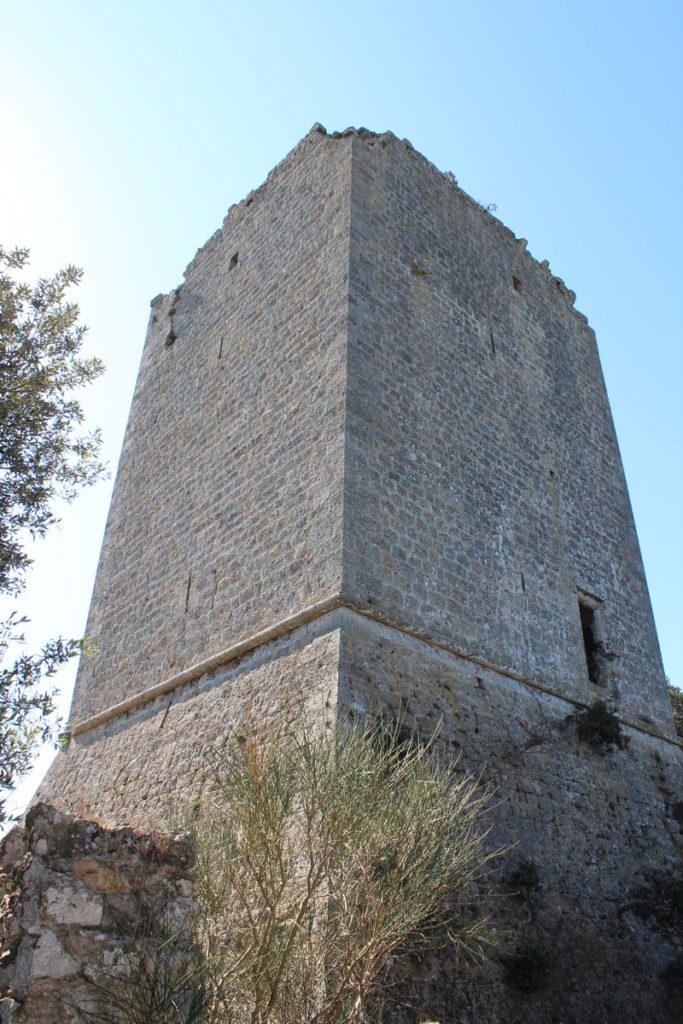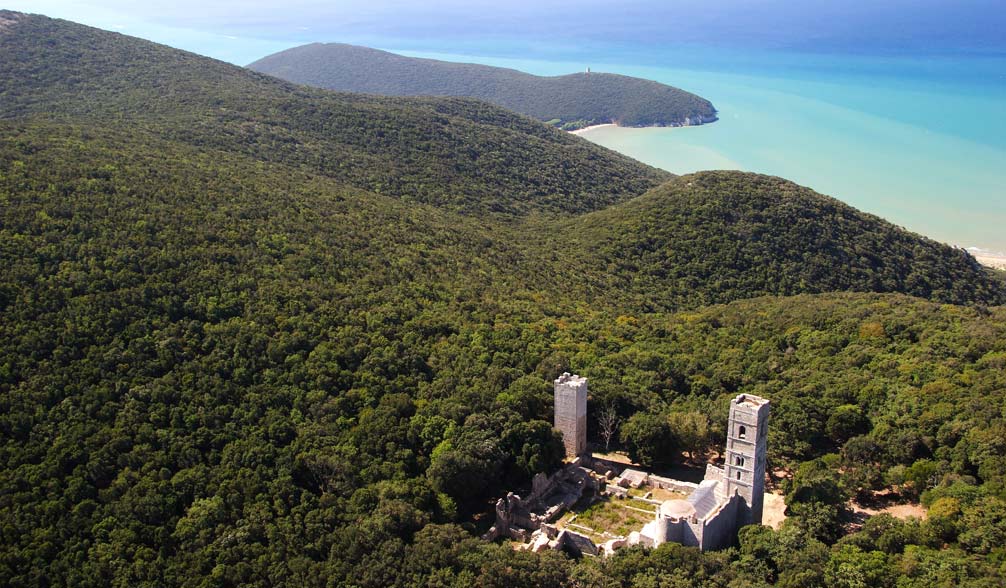Pirates and watchtowers
In the 15th century the ever growing menace of Turkish power became one of the main worries of western sovereigns, as piracy was part of the sea policy of these populations. Pirates were, in fact, obliged to divide the booty with their government, and therefore this activity represented one of the most profitable ways of earning. It must also be pointed out that the pirates would not only assault ships, but also would raid dry land. These incursions lasted until the 19th century, despite the fact that they did not happen with the same strong intensity.
There are news of what happened in an attack by the pirates, described in a letter written by Ambrogio Colombani, Captain of the troops in Grosseto, in 1536. In this letter he tells he was warned by a soldier, who was sharing the same barracks in Castelmarino, of the imminent incursion as this man had seen the enemies in the Collelungo bay. The letter is a detailed description of how he organised the attack against the pirates and of the suffering and the pain both him and his men had to endure, due to lack of food and the fever caused by the long ambushes in the thick woods, probably in the forest of Giannella.
Another example of raids and robberies is the one described by Flaminio Nelli, Governor of Grosseto, in the 1560 letter to the Grand Duke. It tells the incursion in Porto Ercole and Orbetello during, as it frequently used to happen, some people were abducted.
The most effective defence, in use since the Roman period, was the sighting towers, not many of which, however, during the Sienese domination had been built in this area. In Spanish territories, initiatives of defence against piracy had been promoted, since the war between Charles 5th and Francis 1st.
In 1532 Don Pedro of Toledo and Viceroy of Napoli decided to have new sighting towers, built to defend the coasts and issued an edict concerning this matter: the project however did not come to anything. After the defeat of the Spanish fleet near Tunisi in 1560, a new way of intervening on dry land was also taken into consideration. In 1563, in fact, the Viceroy and Duke of Alcala’ Don Perafan de Ribera issued an edict with precise regulations of how to act on land
In the territories of the Grand Duchy, instead, new sighting towers were only built when Cosimo 1st, in agreement with the new Spanish dispositions, sent his military engineers to Maremma. At the end of the period characterised by the incursions of the pirates, these sites started to be used to check on smuggling activities which were recurrently occurring on the coast.
The towers, 10 or 15 meters high, were built in small dimensions, as they were not subjected to attacks and did not therefore have to defend the territory, and at a distance not superior to three miles from each other. Consequently the garrison was reduced to the minimum with often only one Castellan and a soldier.
As for the building topology of this period all the towers, except only a few, were in stone and with square shaped foundations, and covered with a roof or terrace supported by stone slabs. The entrance door was facing the dry land, as this was the most protected area. The only openings were little loopholes placed on strategic points. Inside, simple wooden ceilings would divide the floors and outside the furnace and the stables would be included in a fortified enclosure.
After the political and military fall of the last years of the Medici government, in 1737 Francesco Stefano of the Lorena family took charge of Tuscany and all the forts which had been so far under Spanish control. He started to organize in the Austrian way, the inefficient army. In the period of time between 1741 and 1745, to face external attacks, a new regiment of national bands was also founded in Sienese Maremma. In the most important strongholds on the coast the Castellan was accompanied by a dozen gunners, while in the smallest ones there used to be a tower man and five or six soldiers.
In 1767 some defeats that these areas had experienced convinced the reformer and illuminist spirit Pietro Leopoldo of the importance of the dismantlement and sale of all the forts that were not particularly used or too expensive for the budget of the Grand Duchy, and consequently gave the normal authorities the maintenance of the public order.
This policy was highly criticized in 1793 when Pietro Leopoldo’ successor, Ferdinando 3rd, decided to patrol the Tuscan coast and realized that it was uncontrollable because it was divided into areas controlled by different princes and because it was completely disarmed. This error was fatal for the Grand Duke who, in 1799, had to seek refuge in Austria.
The Lorena were succeeded by the Borboni of Parma and immediately after Tuscany was annexed to the Napoleonic empire as the Kingdom of Etruria. There is an important document concerning this period entitled “Le brigantage” dans le Departement de l’Ombrone 1808-1814, which describes the continuous contacts between the Prefect of the Ombrone area and the central authorities in Paris. This document was mentioned in the article of Vittoria Ardito, in 1985.
Where the towers are located
In the cartography of the area, between the Uccellina Park and southern borders of Tuscany, the main coastal towers, with the exception of those ones not in use any more, are listed.
In the Grosseto District, near the mouth of the Ombrone river, one can come across the tower of Trappola and the Ridotto di Bocca d’Ombrone and, going southwards, towards the mountain areas, the towers of Castelmarino, Collelungo and San Rabano. This last one being part of the monastic complex. In the District of Magliano in Toscana it is possible to see the towers of Cala di Forno, Bella Marsilia, and Torre Bassa, historically part of the property of the Marsili family. The area belonging to the District of Orbetello was defended by the towers of Poggio Raso, Cannelle, Capo d’Uomo, Mulinaccio, and Talamonaccio which, although not included in the area of the Park, contributed to the defence of the Talamone bay.
In the District of Monte Argentario, walking on the headland, the visitor can find the towers of Peschiera, Santa Liberata, Calvello, Lividonia, Caccaiarella, Cala Grande, Cala Moresca, Cala Piccola, Capo d’Uomo, Maddalena, Cannelle, Ciana, and Avvoltore. By following the coast it is possible to go back to the territory under the District of Orbetello where, on the Poggio di Ansedonia, are located the two towers of San Pancrazio. The two Puccini towers are in the Capalbio District, near the Etruscan Tagliata, and in the same District it is possible to find also the tower of Buranaccio on the Burano lake and the tower of Selva Nera.





